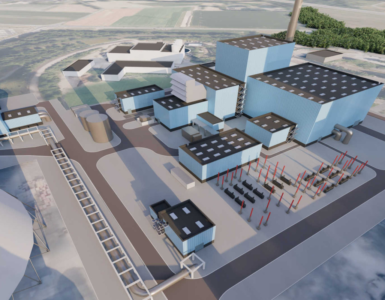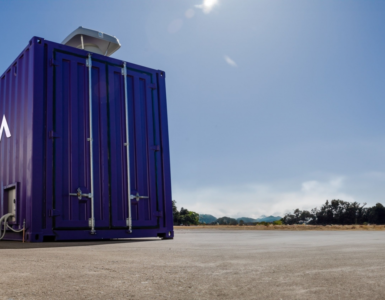Hydrogen power – telecoms decarbonisation research – 5G high altitude platform capable of 30% cut in mobile network carbon emissions by 2035, SPL.
Leading telecoms research and consulting firm, STL Partners, has published new decarbonisation research assessing the potential impact on mobile network energy use and emissions of using High Altitude Platforms (HAP) to beam 5G to mobile users.
STL’s research projected the carbon emissions and sustainable energy of the hydrogen-powered Stratomast HAP, designed by UK-based Stratospheric Platforms, compared to existing and planned 4G and 5G masts. The UK was used to model decarbonisation benefits, with plans for USA and Japanese markets in 2022.
The report identified over 0.45 million tons of CO2 could be saved every year, using Stratospheric Platforms’ flying 5G mast, compared to ground-based installations – the equivalent of taking 225,000 fossil fuel cars off the road each year. A net saving of 4.5 million MWh of energy could be achieved in the UK by 2035 by terrestrial networks.
🔥 What about we co-host a webinar? Let's educate, captivate, and convert the hydrogen economy!
Hydrogen Central is the global go-to online magazine for the hydrogen economy, we can help you host impactful webinars that become a global reference on your topic and are an evergreen source of leads. Click here to request more details
Richard Deakin, CEO Stratospheric Platforms said,
Research published today sets out a compelling case for telecom operators and governments to use high altitude aero platforms as a key component in their decarbonisation goals.
He went on to say, “Stratospheric Platforms offers the only airborne hydrogen-powered telecoms platform capable of full flight control and a loiter time of up to 6 days. As consumers consider the benefits of 5G and soon 6G, they will quickly come to terms with the environmental and societal impact of masts being built as close as 500 meters apart and this is where our HAP provides the only sustainable alternative.”
STL’s research, calculates a potential reduction of between 10% and 30% of the cell-site energy in the UK. This is made up of:
- Savings from cell sites not built. An estimated 4,600 rural cell sites that would not need to be built according to operators’ coverage plans.
- Savings from decommissioned cell sites. Between 4,100 and 8,300 cell sites could be decommissioned by 2035, as a result of new coverage from Stratomast HAP.
Philip Laidler, STL Consulting Director commented,
This research brings new insights for both the telecoms and aerospace industries.
“The study shows the potentially positive environmental impact of Stratospheric Platforms’ HAP on existing mobile networks in a densely-populated, advanced market such as the UK. The findings will be even more compelling in other markets and HAPs should be considered an option for accelerating the industry’s journey to net-zero, globally.” Thanks for staying up to date with Hydrogen Central.
READ the latest news shaping the hydrogen market at Hydrogen Central
Telecoms Decarbonisation Research – 5G High Altitude Platform Capable of 30% Cut in Mobile Network Carbon Emissions by 2035, LONDON, December 16, 2021








